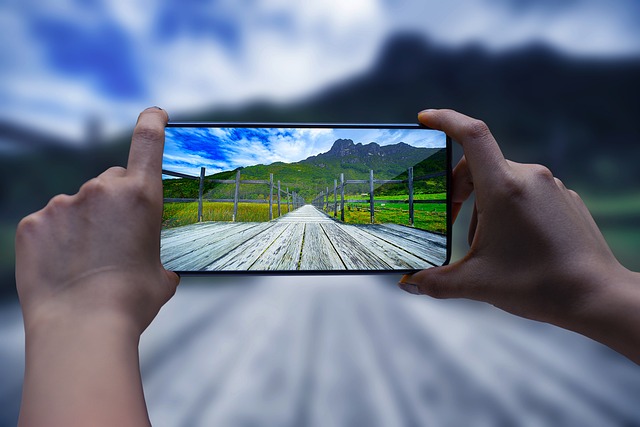Over the course of this SSC we’re exploring various topics relating to teaching in the digital space. One aspect to think about is your own digital identity and the different online spaces you spend time in and also might learn in and as a teacher might want to teach in. As many of us live out elements of our lives in digital spaces it’s important to consider how we manage our digital identities.
Dave White and Alison Le Cornu proposed a metaphor for mapping how we engage with the web and different technologies in both our personal lives and professional lives as a continuum of visitors and residents. Previous attempts to categorise how we engage with the digital world have suggested that the extent of our use may be linked to our age leading to the notion of digital natives and digital immigrants as outlined by Marc Prensky. Essentially this categorisation implies that younger people who have grown up in an increasingly digital world are more digitally savvy then older people. The evidence would however indicate that this is not necessarily the case and some would say it’s a myth.
White and Le Cornu also challenge this assumption and the premise behind their metaphor is that we visit some online spaces and don’t leave a footprint or trail of our presence whilst in other spaces we are resident and a record of our engagement is evident. Many of us use the web and digital spaces as a series of tools and leave no trace. For example we are visitors on Google as we undertake a search, we might also be visitors on a site like YouTube as we look for videos that we might use in our teaching or to support our learning but if we’re posting our own videos or commenting on videos on YouTube we can be seen as residents in this online space. Residents see the web as a series of places to engage with and have a digital identity.
Dave White gives a helpful overview of visitors and residents in this video.
Have a go at mapping out your own digital visitors and residents map, either draw your own out on a piece of paper or download this Digital Resident- Visitor Mapping template and complete. ( Quick Tip – Having a look at the apps on your mobile phone can help you with the mapping, and a quick Google Image search will give you an idea of how others have approached this mapping.)
Once you’ve completed the mapping exercise reflect on the following points:
- How likely is your map to be similar to that of your peers?
- Do you think it would differ much from one created by one of the lecturers on the MBChB programme or your parents or grandparents?
- Is there anything that surprises you?
- Given that individuals may have different motivations and philosophies which shape their interactions with and use of technologies, what impact do you think this might have on using different technologies in teaching and learning. Think in particular about the use of social media tools such as TikTok, Facebook, Instragram or Twitter (now known as X) in medical education. Do you think they have a role? Have a read of Catherine Cronin’s post on Enacting Digital Identity.
- Do you think students consider how the data and footprints they leave online are used by organisations such as Facebook, Twitter, Google, Apple?
We’ll pick up on these points and discuss them further in our first session.
References and further reading
